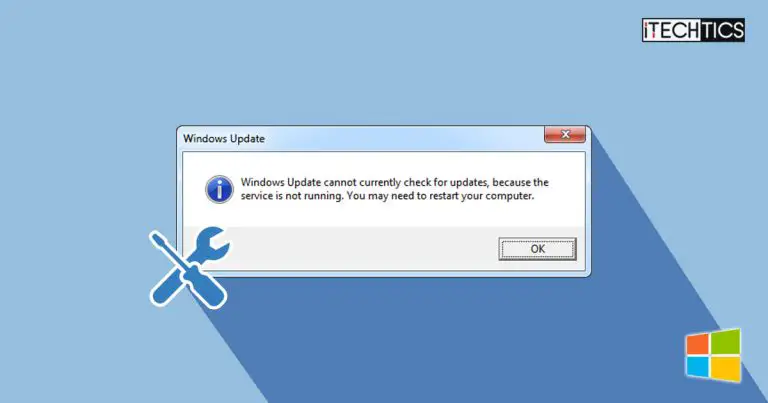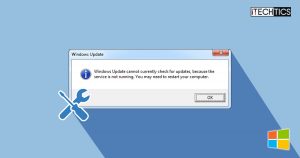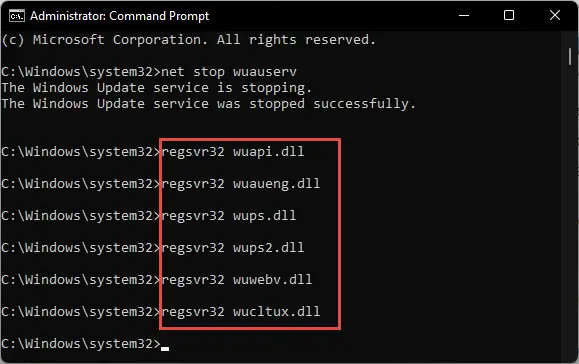Windows updates are important for the system as they bring new features and upgrade security policies to prevent your PC from external threats. Occasionally, Windows runs into problems and is often unable to install Windows updates, or cannot even check whether any pending updates could be installed.
You may even come across an error prompt stating the following while trying to check for updates:
Windows Update cannot currently check for updates, because the service is not running. You may need to restart your computer.
If you have experienced this problem, then you have come to the right place. This article discusses several mitigation methods that you can try to fix the problem and install this Windows update.
Table of Contents
Solution to Windows Update not checking for updates
There are several reasons why your operating system may not search for pending Windows updates. We suggest you perform all the given methods in the order mentioned to fix the problem.
Restart Computer
Let’s start with the possible solution that Windows has suggested: restart your computer. Try rebooting your PC and then check for pending Windows updates. If you still see the same error message, there are a few things you can try.
Start Associated Services
It may be possible that the Windows services responsible for checking for Windows updates may not be running in the background. You can start them using the following steps:
- Open Windows Services by typing in services.msc in Run.

- Here, right-click the following services, and then click Start from the context menu to start them:
Note: If you find that the services are already running and the Start option is grayed out, then the problem might be something else.
Once the services have started, try rechecking for Windows updates.
Run Windows Update Troubleshooter
Both Windows 11 and 10 have a pre-installed troubleshooter for several OS services and features. This troubleshooter can be executed automatically to check for Windows Update issues, and then suggest the necessary action to be taken.
Here are the steps to run the Windows Update troubleshooter:
- Navigate to the following:
Settings app >> System >> Troubleshoot >> Other troubleshooters - Click Run in front of Windows Update.

- The troubleshooter will now launch. It will then display any identified issues and ask you to take the appropriate action(s). You should take the necessary measures and determine whether the problem has been resolved.
Disable Windows Firewall
Note: We do not recommend disabling the firewall as it keeps your PC safe from outside threats on the internet. Just perform this step if it is crucial, and then re-enable the firewall afterwards.
Windows Firewall can sometimes accidentally block legitimate internet traffic, causing your PC to not check for Windows updates. You can try disabling the firewall using the given guide below, and see if it solves the problem.
- Open Windows Firewall in the Control Panel by typing in firewall.cpl in Run.

- Now click Turn Windows Defender Firewall on or off from the left menu.
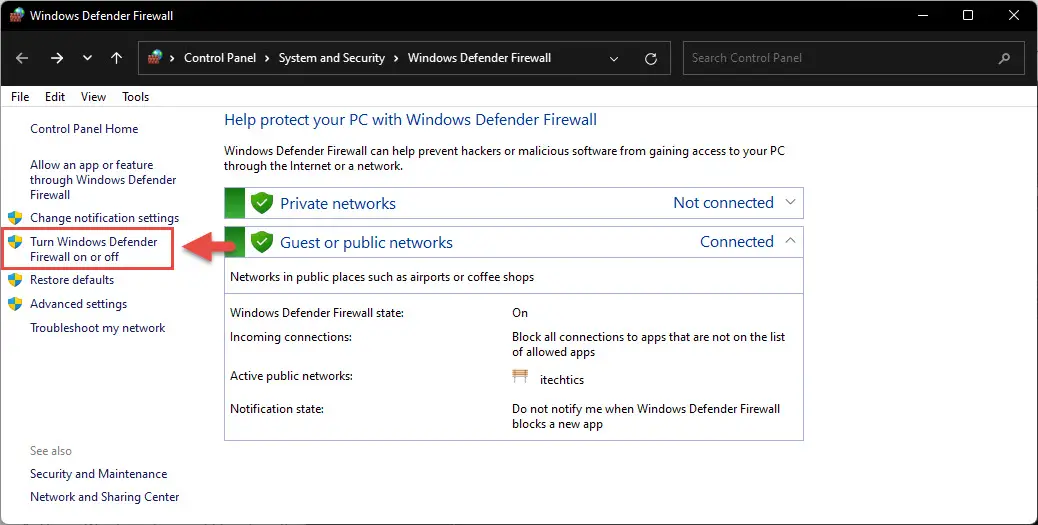
- On the next screen, select “Turn off Windows Defender Firewall” under each network profile. Click OK when done.

Register Windows Update Services
It may be possible that the files associated with Windows Update may not be registered properly, which is why your computer is failing to check for updates. Perform the following steps to register the .dll files:
- Open Command Prompt with administrative privileges.
- Paste the following command to stop the Windows Update service.
net stop wuauserv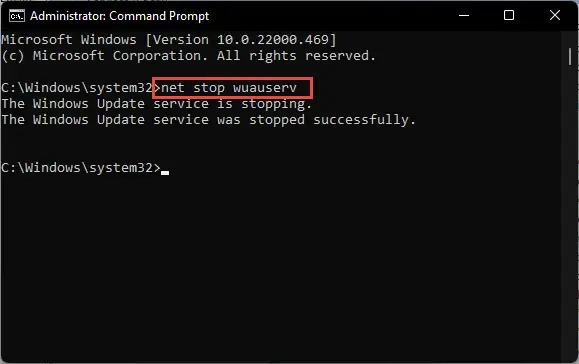
- Now run the following commands one after the other to register the files:
- Now run the following command to rerun the Windows Update service.
net start wuauserv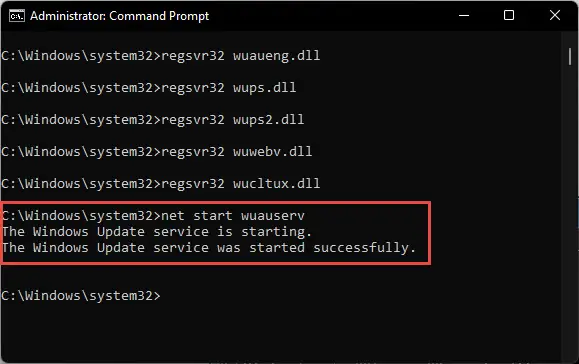
Now check for Windows updates again and see if the problem persists.
Remove Windows Update History
A corrupted Windows Update file may cause the service to malfunction. In that case, you must delete the temporary files stored by the service on your PC, and then check if the issue is resolved. Here is how to do so:
- Open Command Prompt with administrative privileges and paste the following command to stop the Windows Update service.
net stop wuauserv
- Now navigate to the following location using File Explorer:
C:\Windows\SoftwareDistribution\Download - Here, press the CTRL + A shortcut keys to select all elements in the directory, and then press the Delete button to remove these files.

- If asked for administrator permissions, check the box next to “Do this for all current items” and click Continue.

- Now return to Command Prompt and run the following command to start the Windows Update service.
net start wuauserv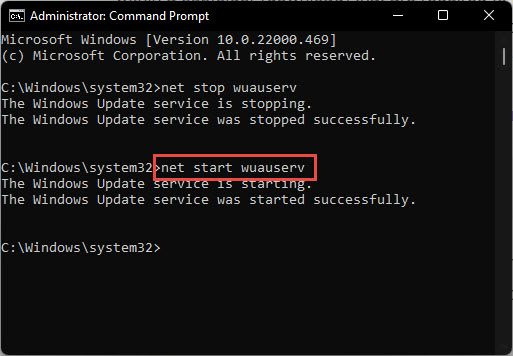
Note: Alternatively, you can also simply rename the “SoftwareDistribution” folder instead of deleting its content, and Windows Update will create a new folder the next time it checks for updates.
Now recheck for pending Windows updates and see if the issue has been resolved.
Update RST Driver
Outdated drivers often cause problems with the operating system. In this case, it may be possible that an outdated Intel Rapid Storage Technology (RST) driver may prevent Windows Update from running successfully.
We suggest that you update your RST driver through Intel’s RST Download page, and then reboot your PC. Once the driver has been updated and the system is rebooted, you can check if Windows Update can check for any outstanding updates.
You can also use third-party tools to check for driver updates.
Closing Words
We certainly hope that these methods have worked for you and resolved the issue.
Windows updates are an important factor in keeping your PC as well as your network secure as Microsoft keeps updating its operating systems with security patches through these updates.
If you are having trouble keeping your Windows up to date, we suggest that you implement the mitigation techniques we have discussed in this post.

